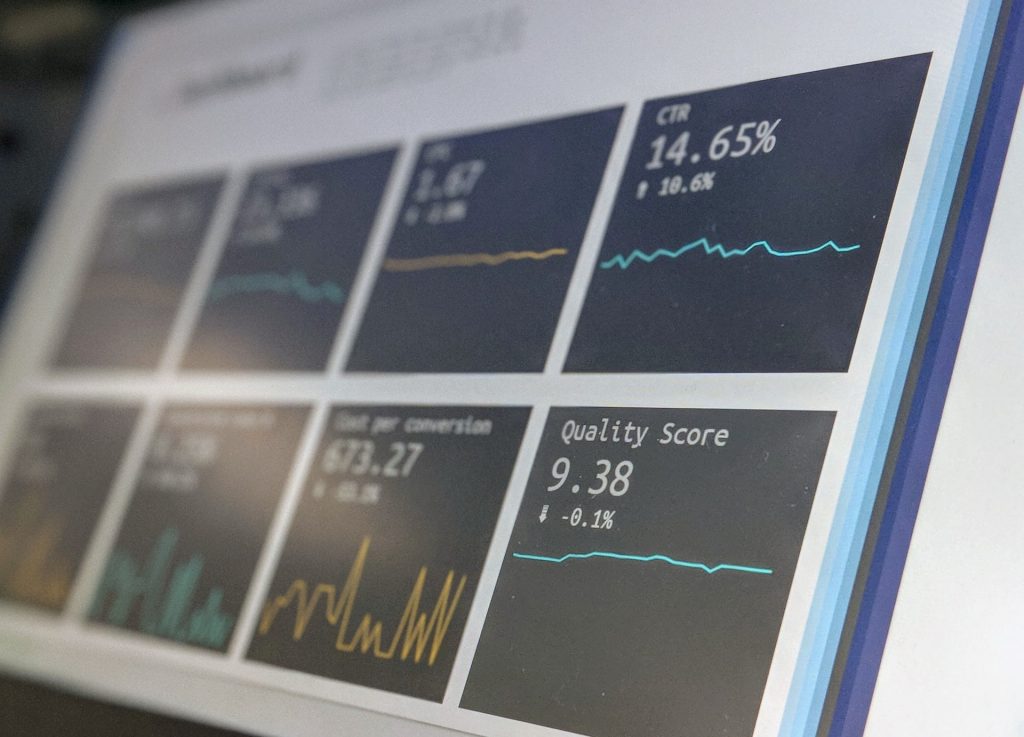
Digitalization of interorganizational relationships
Societies experience growing levels of connectivity and computing power, which have led to the emergence of a phenomenon broadly referred to as “Industrial Internet” or the “4th Industrial Revolution”. In an attempt to benefit from these technological advances, organizations increasingly adopt big data technologies that collect sensor data from operations for the purpose of optimizing production and distribution processes. Many of these processes are situated in interorganizational processes between long-term customers and suppliers. Where partnering organizations implement such technologies to their interorganizational processes, this affects information and knowledge exchange patterns. This may hold important implications for the way relationships are perceived and managed.
Not all big data technologies are designed equally; big data technologies may differ in the way they provide data access and processing functionalities to partnering organizations. These design choices affect the extent to which organizations process data and learn from the use big data technologies. Prior theory has established that where joint investments generate opportunities for learning and coordination, collaborative dynamics between partners are likely cooperative. At the same time, theory suggests that where learning is asymmetric between partners, collaborative dynamics may turn competitive. How exactly different learning patterns affect collaborative dynamics will further be shaped by organizations’ motivations for technology adoption. With organizations increasingly making investments in interorganizational big data technologies, it is important to study how and why firms’ motivations for technology adoption and big data technology designs affect collaborative dynamics.
Analysing combinations of technology adoption motivations and big data technology designs
My comparative multiple case study of 13 long-term interorganizational relationships shows that firms’ motivations for technology adoption and technology design conjoin to explain cooperative or competitive interaction dynamics.
My findings reveal four distinct paths that explain when the introduction of big data technologies supports cooperative or competitive dynamics. Path 1 shows that where organizations pursue complementary motivations of learning and efficiency, collaborative dynamics are cooperative. That is because one organization’s learning about operational processes or data analytics helps their partner achieve desired increases in efficiency as measured through operational cost savings.
Paths 2 to 4 show cases where organizations pursue shared learning motivations for technology adoption, demonstrating more varied effects for interaction dynamics. In path 2, big data technologies provide equal access to source data, as well as shared analytical processing functionalities to both organizations. In consequence, partners have equal opportunities to learn, which fosters cooperative dynamics.
Paths 3 and 4 demonstrate competitive dynamics, but with different explanations. In path 3, big data technologies provide shared analytical processing functionalities to partners which facilitates equal learning among partners. Yet, because the technology provides unequal access to source data, interaction dynamics are competitive as partners are suspicious of each other’s trustworthiness. In path 4, big data technologies provide non-shared analytical processing functionalities to partners. In consequence, partners each learn independently and therefore do not have the same learning opportunities, which generates competitive dynamics.
Interorganizational big data technologies affect learning and collaborative dynamics
This study advances strategic management theory by showing that technology adoption motivations are equally important as technology design in shaping collaborative dynamics. Furthermore, it conceptualizes big data technologies in terms of the data access and data processing capabilities they provide. This holds implications for learning races in digital environments: first, transparency is not only an input to learning, but also a determinant of collaborative dynamics. Second, this study shows that transparency is not only an endogenous managerial choice, but can be a relatively fixed design of technologies.
This study contributes to management practice by showing that while interorganizational big data technologies often provide the hoped-for operational benefits to partnering organizations, they have broader effects on collaborative dynamics. This is important, because long-term buyer-supplier relationships often rely on cooperative dynamics marked by trust and reciprocity. Where big data technologies provide operational benefits but undermine collaborative dynamics, this needs to be considered before deploying a given technology. Thus, managers should be clear about their own and their partner’s technology adoption motivations, and choose the technology design accordingly. This demonstrates that technology design ought not be delegated to engineering departments, but needs to be treated as strategic choice.
If you are studying the digital transformation of interorganizational relationships and learning, or are a business manager with an interest in the organizational implications of predictive maintenance and related sensor technology use in long-term buyer-supplier relationships, you may be interested in reading the full open access article: https://doi.org/10.1111/joms.12740
Keywords: digital strategy, big data technology, learning races, interorganizational relationships

0 Comments